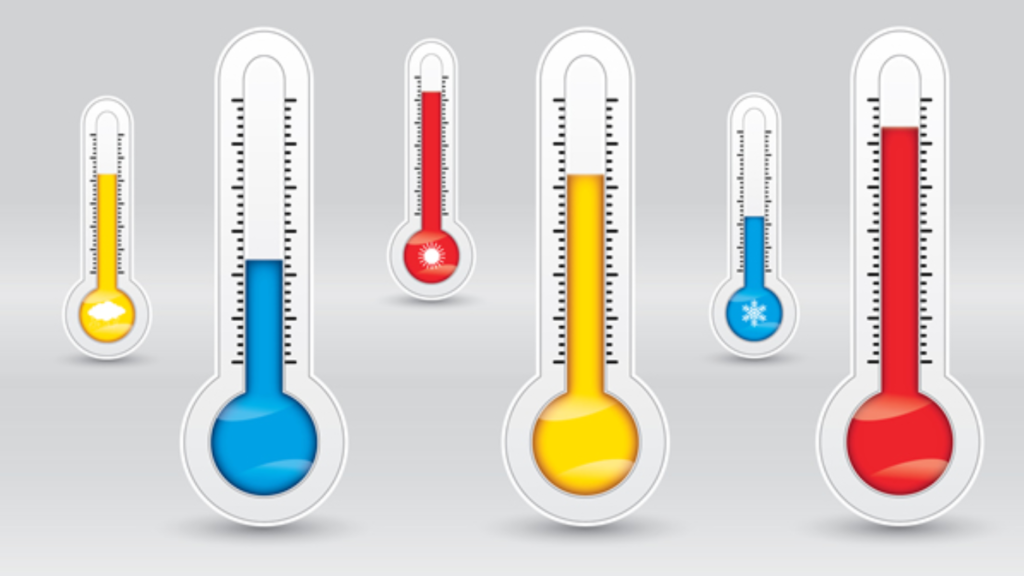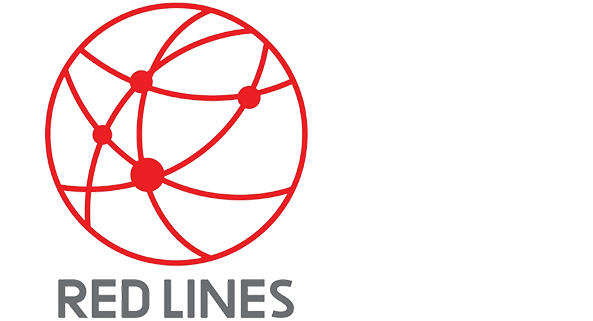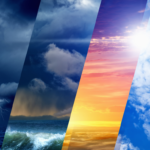Temperature mapping is a crucial process that helps cities like Riyadh, Dammam, and Jeddah understand their heat patterns. This understanding is vital for making informed decisions about urban planning, public health, and environmental sustainability. At Redlines, we specialize in providing temperature mapping services in these areas to help improve living conditions and enhance urban resilience. Here’s a closer look at how temperature mapping is done.
Step 1: Data Collection
The first step in the temperature mapping process is data collection. This involves gathering temperature readings from various locations within the cities. Here’s how we do it:
- Temperature Sensors: We deploy advanced temperature sensors throughout different neighborhoods. These sensors continuously record temperature data at specified intervals.
- Drones and Satellites: We also use drones equipped with infrared cameras and satellite imagery to capture temperature variations over large areas. Drones can access hard-to-reach places and provide detailed thermal images, allowing us to visualize heat distribution effectively.
- Mobile Applications: In some cases, we may use mobile applications to engage community members in reporting temperature readings. This citizen science approach helps gather more localized data.

Step 2: Data Processing
Once the data is collected, it needs to be processed to create meaningful insights. This step includes:
- Data Cleaning: We remove any inaccurate or redundant data to ensure that the information is reliable.
- Geographic Information Systems (GIS): Using GIS software, we analyze the temperature data and create detailed maps that illustrate temperature variations across different areas of the cities.
Step 3: Analysis and Interpretation
After processing the data, the next step is to analyze and interpret the results. This involves:
- Identifying Heat Islands: We look for areas that experience significantly higher temperatures, known as urban heat islands. These are often found in densely populated areas with less vegetation.
- Understanding Patterns: We analyze how temperature changes throughout the day and across different seasons. This helps identify trends that can inform future urban planning.
- Community Insights: We may also gather feedback from local communities about their experiences with heat and comfort levels, integrating qualitative data into our analysis.
Step 4: Recommendations and Action
Based on our findings, we provide actionable recommendations to city planners, developers, and local governments, such as:
- Increasing Green Spaces: Suggesting the creation of parks and green roofs in hot areas to help cool the environment.
- Improving Urban Design: Advising on the use of reflective materials in buildings and roads to reduce heat absorption.
- Strategic Placement of Water Features: Recommending the installation of fountains or ponds in areas that need cooling.
Why Temperature Mapping is Important
Temperature mapping is essential for understanding and mitigating the effects of extreme heat, especially in cities like Riyadh, Dammam, and Jeddah. As urban populations grow, the heat generated by human activity can lead to health risks and discomfort. By identifying the hottest areas, we can create strategies to make these cities more livable and sustainable.
Redlines’ Role in Temperature Mapping
At Redlines, we are committed to providing comprehensive temperature mapping services in Riyadh, Dammam, and Jeddah. Our team uses the latest technologies and methodologies to gather and analyze temperature data. By partnering with local authorities and communities, we aim to create cooler, more comfortable urban environments for everyone.
Conclusion
Understanding how temperature mapping is done allows us to appreciate its importance in urban planning and environmental management. With our specialized services at Redlines, we help cities like Riyadh, Dammam, and Jeddah navigate the challenges posed by heat, ensuring a better quality of life for their residents. If you are interested in learning more about our temperature mapping services, feel free to reach out!
you can get more information on our site: Redlines.com





